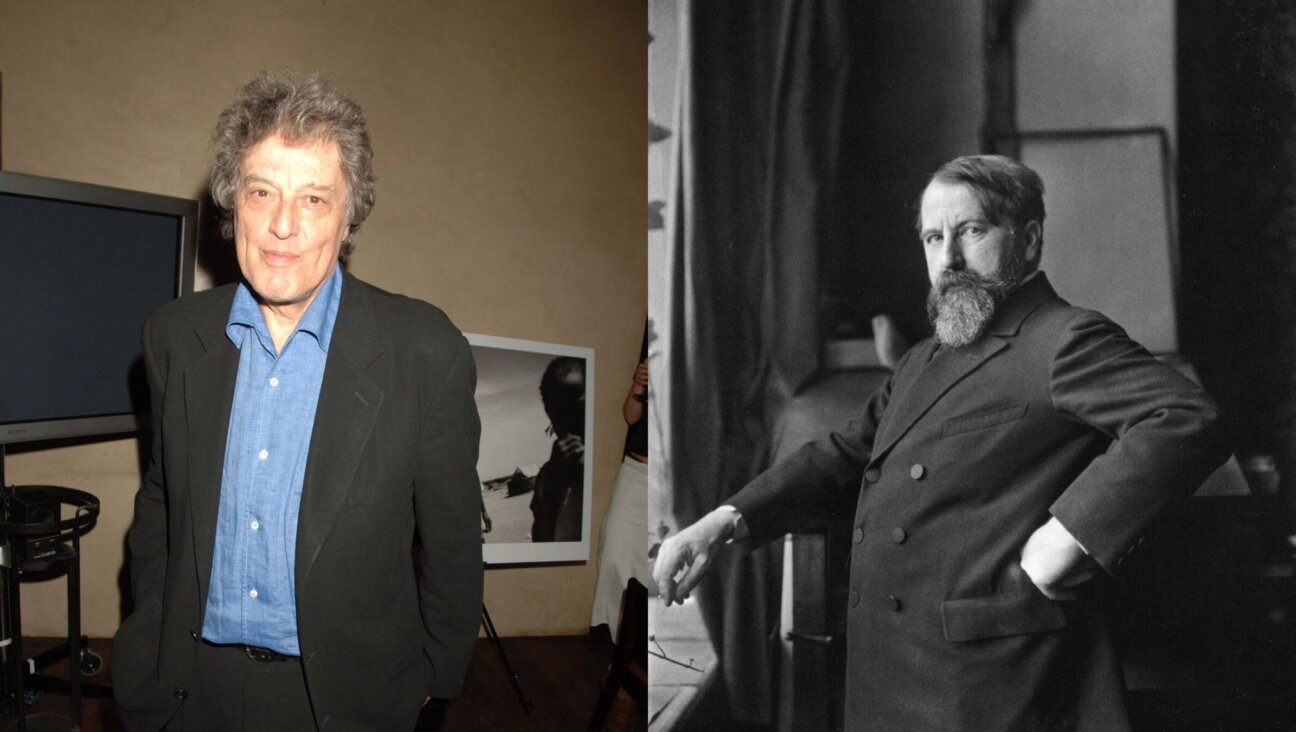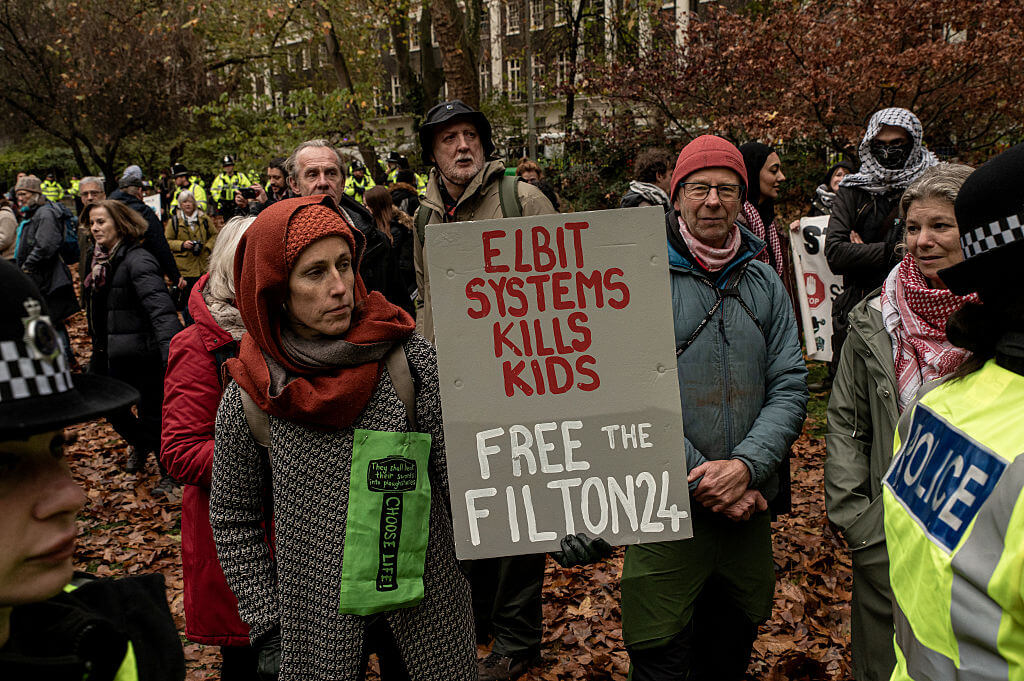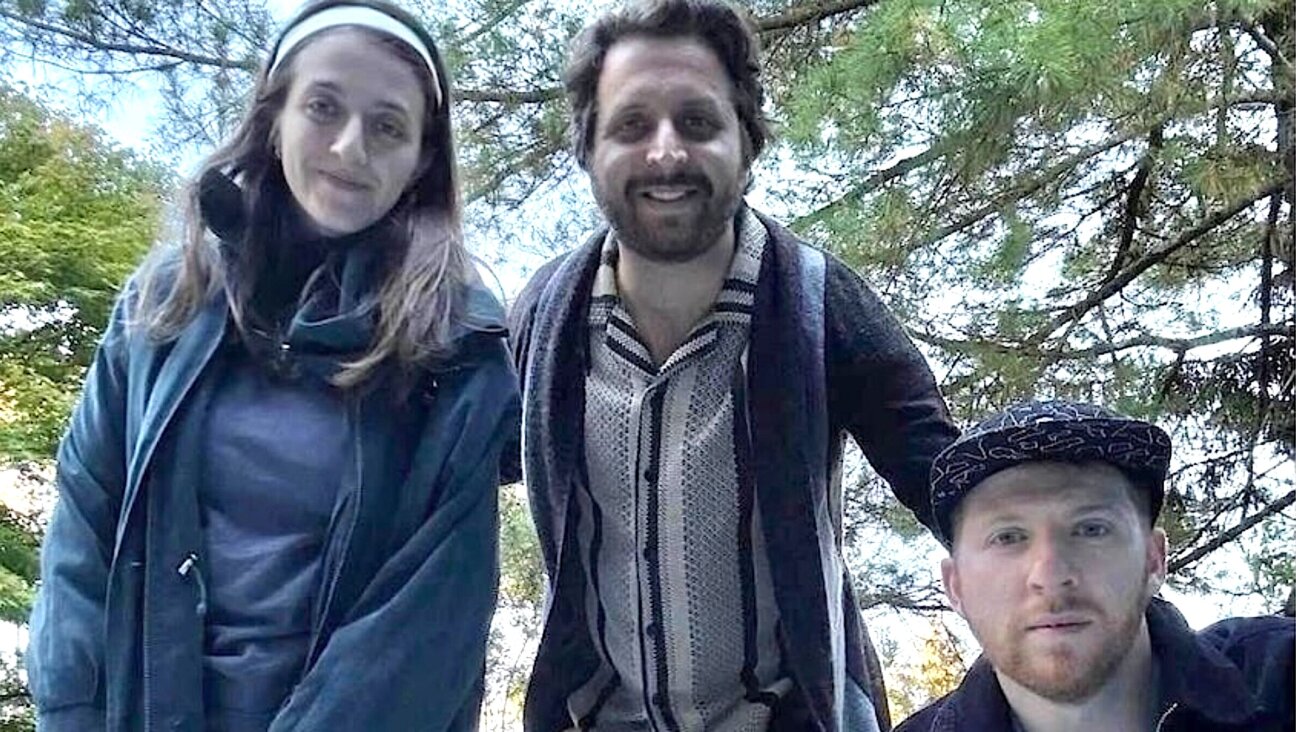An Israeli Photographer Finds Holiness at the Rave
In a whirl of light and color, Tomer Ganihar believes he has photographed holiness. And for this Israeli photographer, it lives at the rave.
“In the clubs, holiness is everywhere.” Ganihar said. “It’s like a temple. The clubs are the new synagogues, and the DJs are the rabbis.”
Using long exposures and only a simple 35mm camera, the 35-year-old captured Israeli rave culture — uninhibited marathon dance parties — in fluid images of light and motion. Raving in the Desert, an exhibition of Ganihar’s photographs, is currently showing at the Contemporary Arts Center, New Orleans.
Born in 1970 in Tel Aviv and raised in the suburb Ramat HaSharon, Ganihar feels that his life has been shaped by the Israeli military. At 18, he volunteered for the Special Forces. But because of a back injury, Ganihar was eventually reassigned to military intelligence. It was there that he was introduced to photography and fell in love with image making. It was also there that he began to hear stories of a place in India where many Israeli soldiers go to relax after their term of service.
“You can’t chill out in Israel,” Ganihar said. “You can’t get away when you are in the army.”
After their service in the military, many Israelis go on tiyul, or extended travel. They backpack through South America, the United States and Southeast Asia, but one of the most popular places is the small former Portuguese colony on the coast of India, called Goa. Like thousands of other Israelis just released from the military in the early 1990s, Ganihar went to Goa on tiyul. It was there that he first learned of the rave scene.
He found rave parties that lasted all night long or even days at a time. The parties brought together anywhere from 50 to 20,000 people to dance as well as to listen to loud techno music. (One of the hallmarks of rave parties is the use of the drug Ecstasy; the drug allows participants to dance not just for hours, but also for days.)
Returning to Israel, he found similar groups holding raves in warehouses, the desert and even on army bases. In Israel the raves took on the unique flavor of the Jewish culture.
Ganihar describes the Israeli rave scene as the “New Jews.” Raves have been held as a form of entertainment, prayer and protest. For many of his generation, he believes, they are becoming a substitute for the synagogue. In fact, raves are held to celebrate many of the festivals, like Shavuot, and even the holiest day of the year, Yom Kippur.
One image in his current show, titled “We,” is a large 4-foot-by-6-foot photograph that looks like a painting filled with crimson fire. On closer inspection one discovers that the image is not a painting of flames, but a time-lapse photograph of a hundred hands clapping in the air.
“The image demonstrates the gratifying yet threatening feeling of living in a country existing in an apocalyptic state,” Ganihar explained. “Dancing is our way of praying. God is in our clubs; God is in the light, and holiness is everywhere.”
“We cherish our heritage, but we need to update it,” Ganihar added. “Like our music, we need to make it faster and more global.”
His images also document the unrest that has engulfed his country in the past decade. The photograph called “Kaddish (The Day After a Bomb)” depicts a solitary figure slouching at a small, round table. Taken in a bar in Tel Aviv on the evening after a bombing that killed 20 ravers, the figure sits staring at his beer as a stream of almost heavenly light falls on his head.
“My generation also needs a way to mourn and express our grief,” Ganihar explained. “We don’t necessarily need to use the old forms of mourning. We can also grieve in a club.”
John Valentino is an assistant professor of art at Southeastern Louisiana University.
















